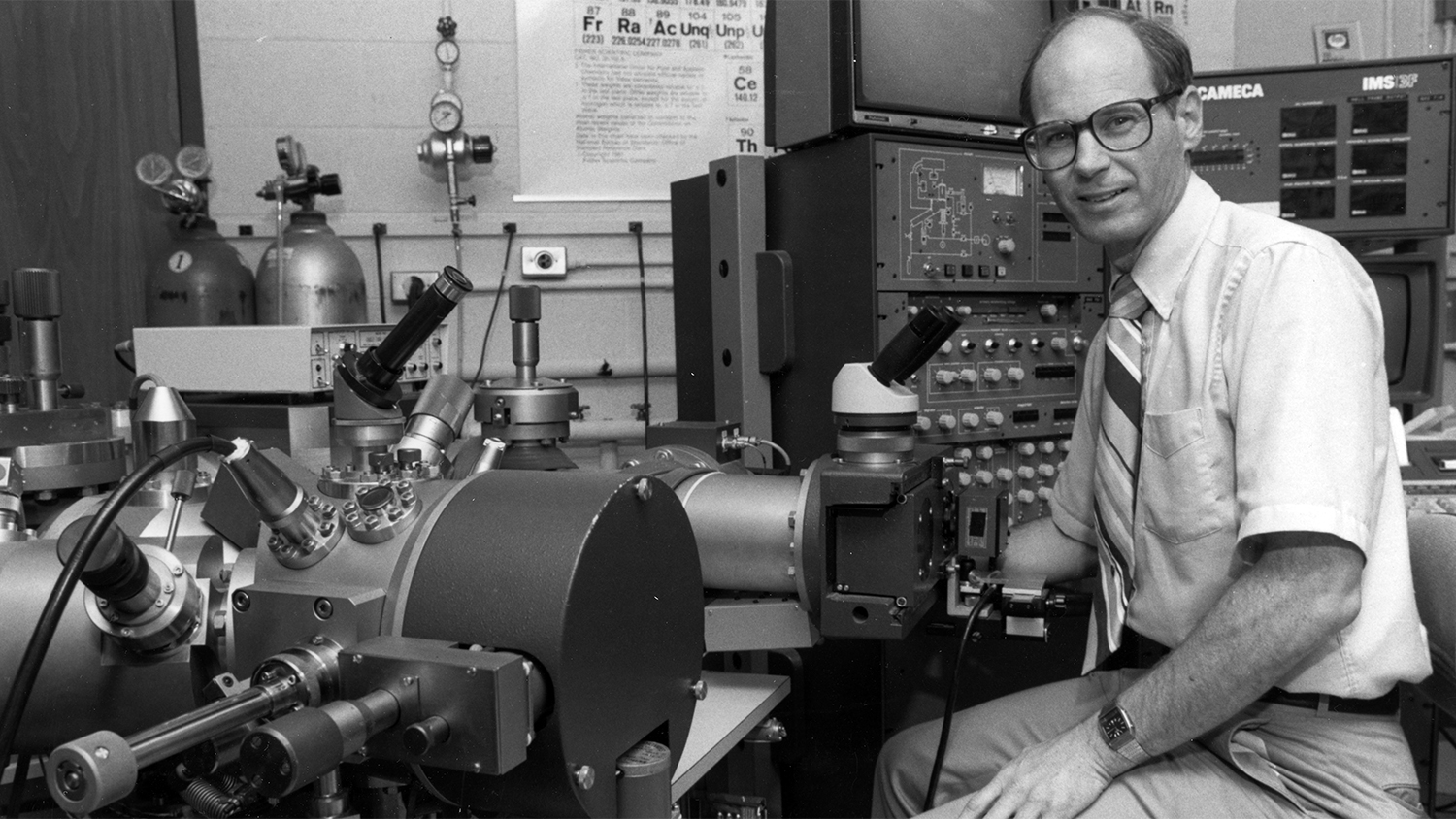When the Office of Naval Research (ONR) in the 1980s wanted to upgrade its radar and communications systems, it considered the possibility of new devices using silicon carbide, a wide bandgap semiconductor (WBG) that can operate at higher voltages and temperatures than silicon.
The problem was that very few researchers in the United States were working with it. Robert F. Davis, then a professor in the Department of Materials Science and Engineering (MSE) at NC State University, was one of them. With funding from the National Science Foundation and the Army Research Office, Davis’ research group was studying how silicon carbide and other high-temperature materials deform under persistent stress.
“We were among only a few people in the world who were working on silicon carbide for any reason,” Davis remembers.
Davis received ONR funding to begin work on growth of silicon carbide thin films that could be used for high-power and high-temperature electronic devices. In order to do that, Davis and members of his lab had to design and build a chemical vapor deposition system for high-temperature growth of silicon carbide thin films. Subsequently, they also had to develop a system for high-temperature growth of silicon carbide bulk crystals from which the films are derived. Neither of these were easy tasks because of how difficult the material is to work with.
In 1987, several graduate students and a postdoctoral researcher in Davis’ lab were among the founders of a company called Cree Research, Inc. The Cree founders realized that blue LED lights were not being commercially produced anywhere in the United States. The founders saw an opportunity to produce blue lights with silicon carbide and combine them with red and green LEDs to create a full-color LED display.
Cree led to a company called Wolfspeed, which is the world’s largest producer of silicon carbide materials and has made a $5 billion investment in a new production facility in Chatham County, North Carolina.
A member of the National Academy of Engineering, Davis joined the NC State faculty in 1972 and retired from the University in 2004. He is the John and Claire Bertucci Distinguished Professor of Engineering Emeritus at Carnegie Mellon University. Since 2010, NC State MSE has held the Robert F. Davis Distinguished Lecture Series to honor his accomplishments and to bring internationally recognized researchers to campus.
That work in Davis’ lab was the beginning of a half-century of research in silicon carbide in NC State’s College of Engineering. That legacy has led to several startup companies and has helped enable NC State faculty members to lead research centers related to WBG semiconductor power devices.
Learn more about that history and about CLAWS, a new Department of Defense Microelectronics Commons hub that is the latest research center led by NC State working on WBG semiconductor power device research and commercialization by clicking here.
- Categories:



